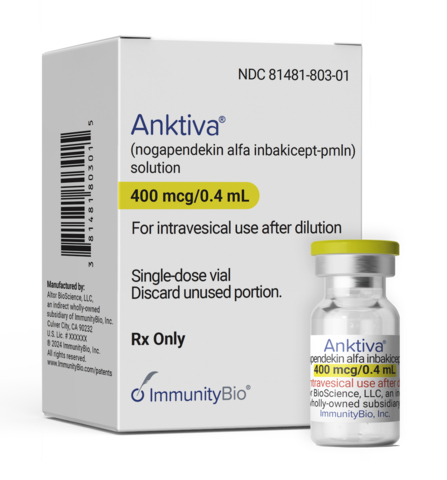BillionToOne, a company specializing in molecular diagnostics, has partnered with Janssen Research & Development, LLC, a Johnson & Johnson division, to conduct the AZALEA Phase III clinical trial globally. The trial, a randomized, placebo-controlled, double-blind, multicenter study, aims to evaluate nipocalimab as a treatment for severe hemolytic disease of the fetus and newborn (HDFN) in pregnancies at risk. Although recruitment has not started, AZALEA plans to enroll and assess the therapy in 120 participants.
BillionToOne will provide its UNITY Fetal Antigen Non-invasive Prenatal Test Clinical Trial Assay (UNITY Fetal Antigen CTA) as a critical screening tool to determine the eligibility of pregnant participants. The trial is set to occur across the US, the European Union (EU) and selected global locations.
HDFN is a condition where the mother’s antibodies attack the red blood cells (RBCs) of the fetus or newborn, leading to hemolysis, or rapid destruction of the baby’s RBCs. This results in anemia, characterized by a decreased number of RBCs, and jaundice, indicated by high bilirubin levels, typically appearing within the first days or weeks of life. Severe anemia can critically impair oxygen delivery throughout the body, posing a significant health risk. Additionally, the intense jaundice associated with HDFN can lead to hearing issues, deafness and possible brain damage if not addressed.
HDFN often arises from blood type or Rh factor mismatches between the mother and baby. Currently, there are no approved non-surgical treatments for pregnancies at high risk of this condition.
Nipocalimab is an investigational monoclonal antibody that targets the neonatal Fc receptor. Its purpose is to reduce circulating IgG antibodies that contribute to conditions like HDFN. It stands out as the sole reported therapy under clinical evaluation for treating alloimmunized pregnant individuals at significant risk of severe HDFN.
XTALKS WEBINAR: Impacts of the New IVD Regulation (IVDR) for Manufacturers and Users
Live and On-Demand: Tuesday, January 9, 2024, at 10am EST (4pm CET/EU-Central)
Register for this free webinar to learn how the new In Vitro Diagnostic Regulation (IVDR) impacts manufacturers and users of diagnostic devices.
In June, J&J disclosed encouraging outcomes from the UNITY Phase II open-label trial, demonstrating the potential of nipocalimab in treating pregnant individuals at high risk of early-onset severe HDFN.
The UNITY Fetal Antigen Test Screen by BillionToOne was first launched in September 2022, designed for pregnant individuals who are alloimmunized against specific RBC antigens including RhD, C, c, E, K (Kell), and Fya (Duffy). This test can be performed as early as the tenth week of pregnancy.
Utilizing BillionToOne’s unique molecular counting technology, Quantitative Counting Templates (QCTs), the test employs next-generation sequencing (NGS) to detect genetic variants linked to the relevant fetal antigens. Such precise detection is crucial for accurately pinpointing patients most susceptible to developing severe HDFN.
BillionToOne developed the UNITY Fetal Antigen CTA to assist in J&J’s AZALEA trial, and the US Food and Drug Administration (FDA) approved an investigational device exemption for it in April, enabling its use in the trial.
“We are extremely proud to play a critical role in this clinical trial with the UNITY Fetal Antigen CTA test,” said Oguzhan Atay, CEO of BillionToOne in the company’s press release. “The ability to detect fetal antigens as early as ten weeks is only made possible due to our expertise in fetal DNA quantification. The UNITY Fetal Antigen CTA is just one of the many applications of our QCT technology’s capabilities.”












Join or login to leave a comment
JOIN LOGIN